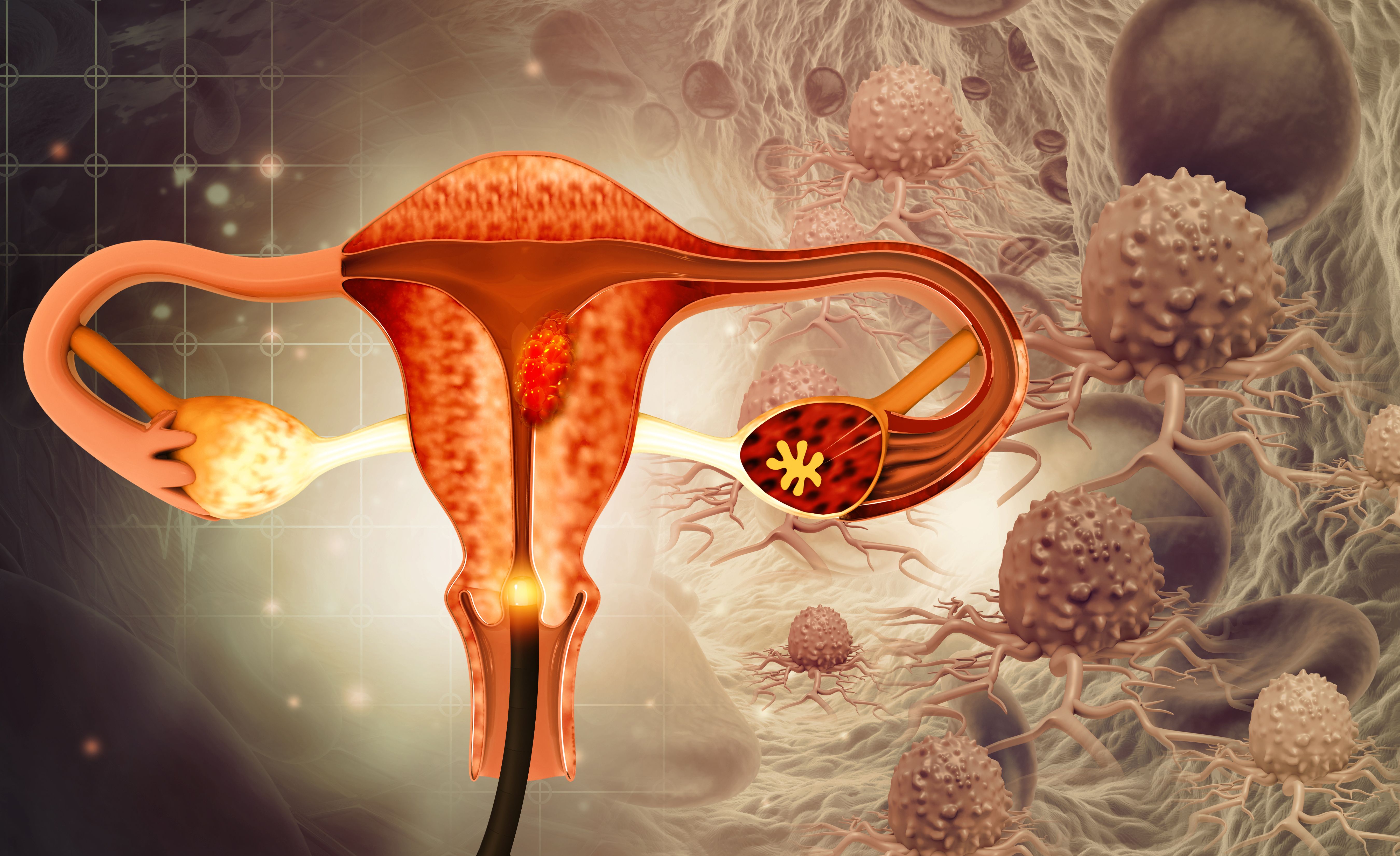Underrepresentation Threatens Equity in Gynecologic Cancer Trials
Rates of enrollment in clinical trials were notably lower among Asian, Black, and Hispanic patients with gynecologic cancers compared with White women.
Gynecologic Cancer Illustration: © Crystal Light - stock.adobe.com

Asian, Black, and Hispanic women were less likely to be enrolled in clinical studies compared with White women, according to findings from a retrospective cohort study, identifying a need to improve representation efforts.
The study, which was published in JAMA, identified that White female patients were adequately or overrepresented across all gynecologic cancer types (participation-to-prevalence ratios [PPRs], ≥1.1), while Black patients were adequately or overrepresented for endometrial and cervical cancers (PPRs, ≥1.1) but underrepresented for ovarian cancer (PPR ≤0.6). Asian and Hispanic patients were underrepresented across all types of gynecologic cancers. There was no difference of enrollment odds among patients of American Indian, Alaska Native, Native Hawaiian, or Pacific Islander demographics.
Although Black patients were adequately represented across endometrial and cervical cancers proportionate to their distribution in the population, study authors noted that this may not be enough to make appropriate conclusions about treatment efficacy in this population.
“…this practice of striving for proportional enrollment is unlikely to culminate in the sample sizes needed to make well-powered conclusions about treatment efficacy within minoritized groups. Indeed, recent calls for equitable clinical trial inclusion suggest the need to recruit equal numbers of racial and ethnic groups, such that minoritized groups are overenrolled with respect to their size in the general population. A shift in this direction would allow ideally powered analyses of treatment effects within racial and ethnic groups,” study authors wrote.
Data from a 562,592 patients with gynecologic cancer were included in the study. The odds ratio (OR) of clinical trial enrollment for Asian patients was 0.44 (95% CI, 0.25-0.78), 0.70 (95% CI, 0.50-0.99) for Black patients, and 0.53 (95% CI, 0.33-0.83) for Hispanic patients.
Researchers identified additional factors that contributed to lower clinical trial enrollment. These included older age (OR per 5-year increment, 0.89; 95% CI, 0.85-0.94) and diagnosis of 2 or more comorbidities (OR, 0.56; 95% CI, 0.34-0.95). Higher area-level income (quartile 4 vs quartile 1; OR, 0.65; 95% CI, 0.45-0.94) and zip codes with lower average education levels (quartile 4 vs quartile 1; OR, 0.41; 95% CI, 0.28-0.59) were associated with lower rates of trial enrollment. Residing in large metropolitan counties was also associated with higher rates of trial enrollment compared with small metropolitan counties (OR, 0.70; 95% CI, 0.49-0.99), medium metropolitan counties (OR, 0.73; 95% CI, 0.58-0.93), or urban counties (OR, 0.70; 95% CI, 0.51-0.96).
Moreover, clinical trial enrollment was higher at academic institutions (OR, 6.26; 95% CI, 2.33-16.84) or an integrated network cancer program (OR, 2.93; 95% CI, 1.07-8.05) compared with community oncology practices (OR, 2.48; 95% CI, 0.91-6.74). Moreover, patients in the Northeast were more likely to participate in clinical trials compared with patients in the South (OR, 0.72; 95% CI, 0.57-0.90, Midwest (OR, 0.68; 95% CI, 0.53-0.87), or Pacific (OR, 0.71; 95% CI, 0.52-0.97).
“Further work aimed at understanding the race-specific barriers and facilitators that impact enrollment of gynecologic oncology patients in clinical trials is imperative. Although we noted lower clinical trial enrollment in multiple minoritized groups, the pathways leading to these outcomes are likely diverse and will require targeted interventions,” study authors concluded.
REFERENCE:
Khadraoui W, Meade CE, Backes FJ, Felix AS. Racial and ethnic disparities in clinical trial enrollment among women with gynecologic cancer. JAMA Netw Open. 2023;6(12):e2346494. doi:10.1001/jamanetworkopen.2023.46494
PROs Strengthen Case for Mirvetuximab Soravtansine as SOC in FRα+ Ovarian Cancer
March 16th 2024Patient reported health-related quality of life outcomes from the phase 3 MIRASOL trial strengthen the case for mirvetuximab soravtansine as a new standard of care for patients with folate receptor-alpha positive ovarian cancer resistant to platinum chemotherapy.
Read More